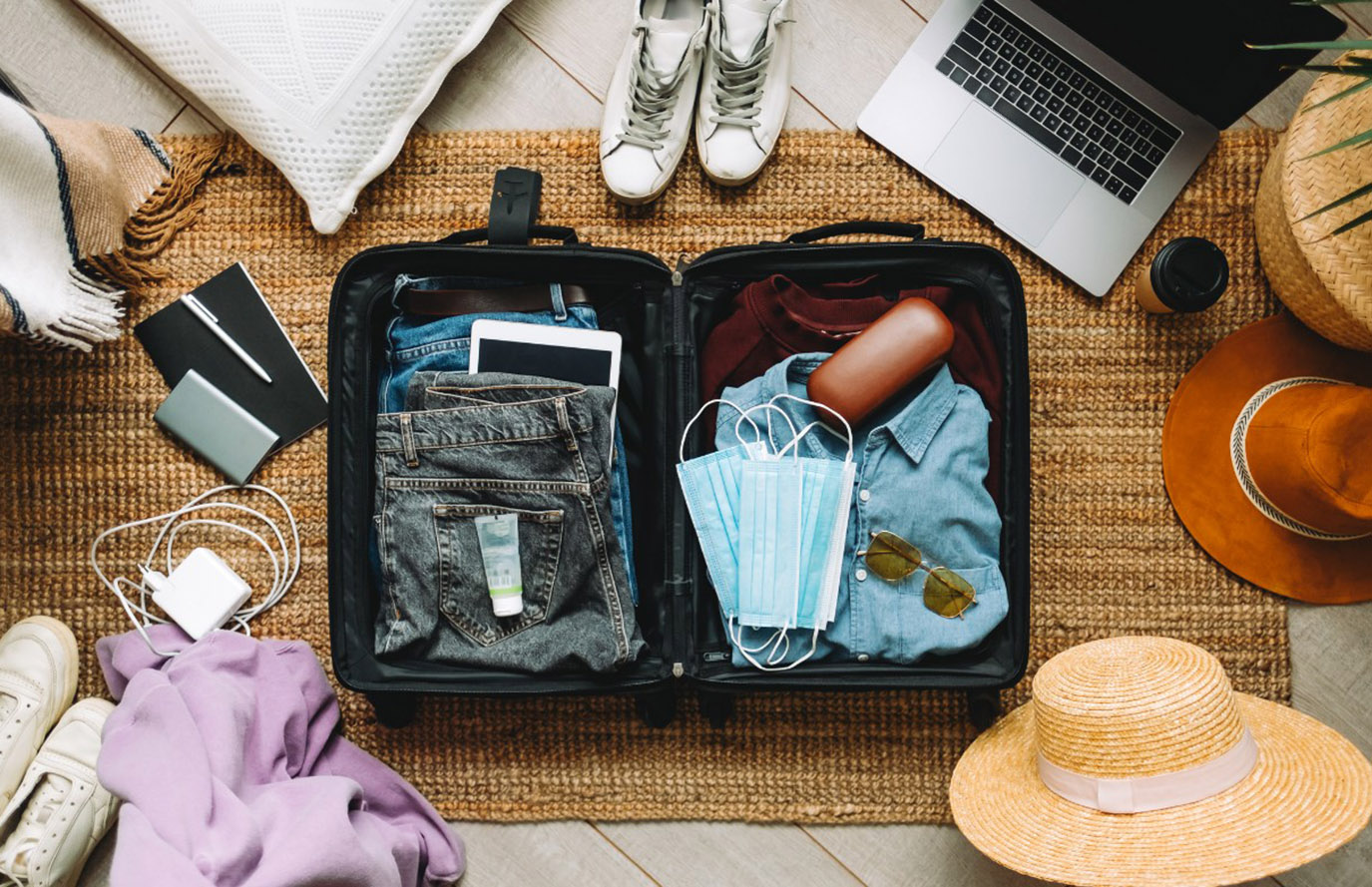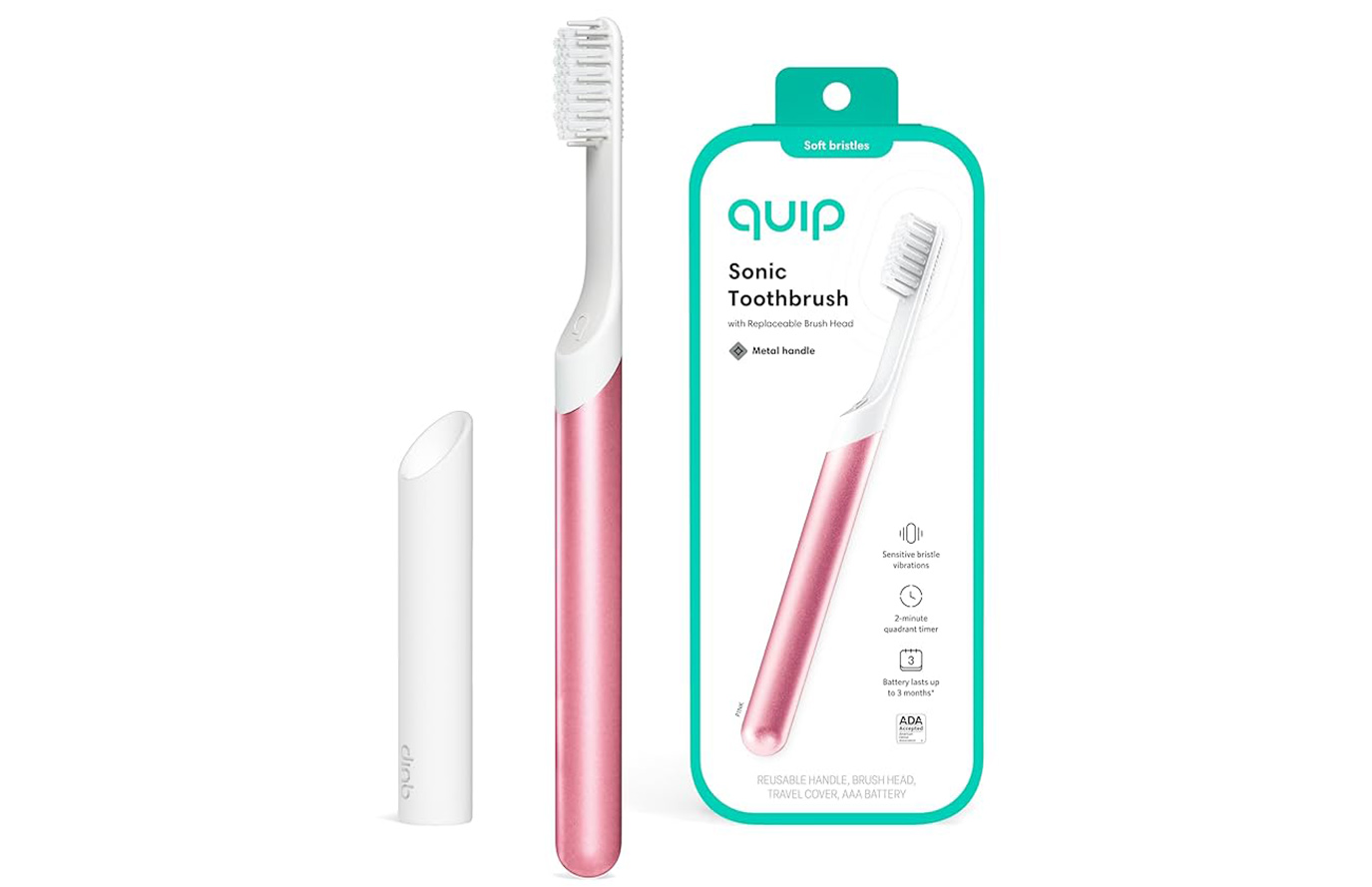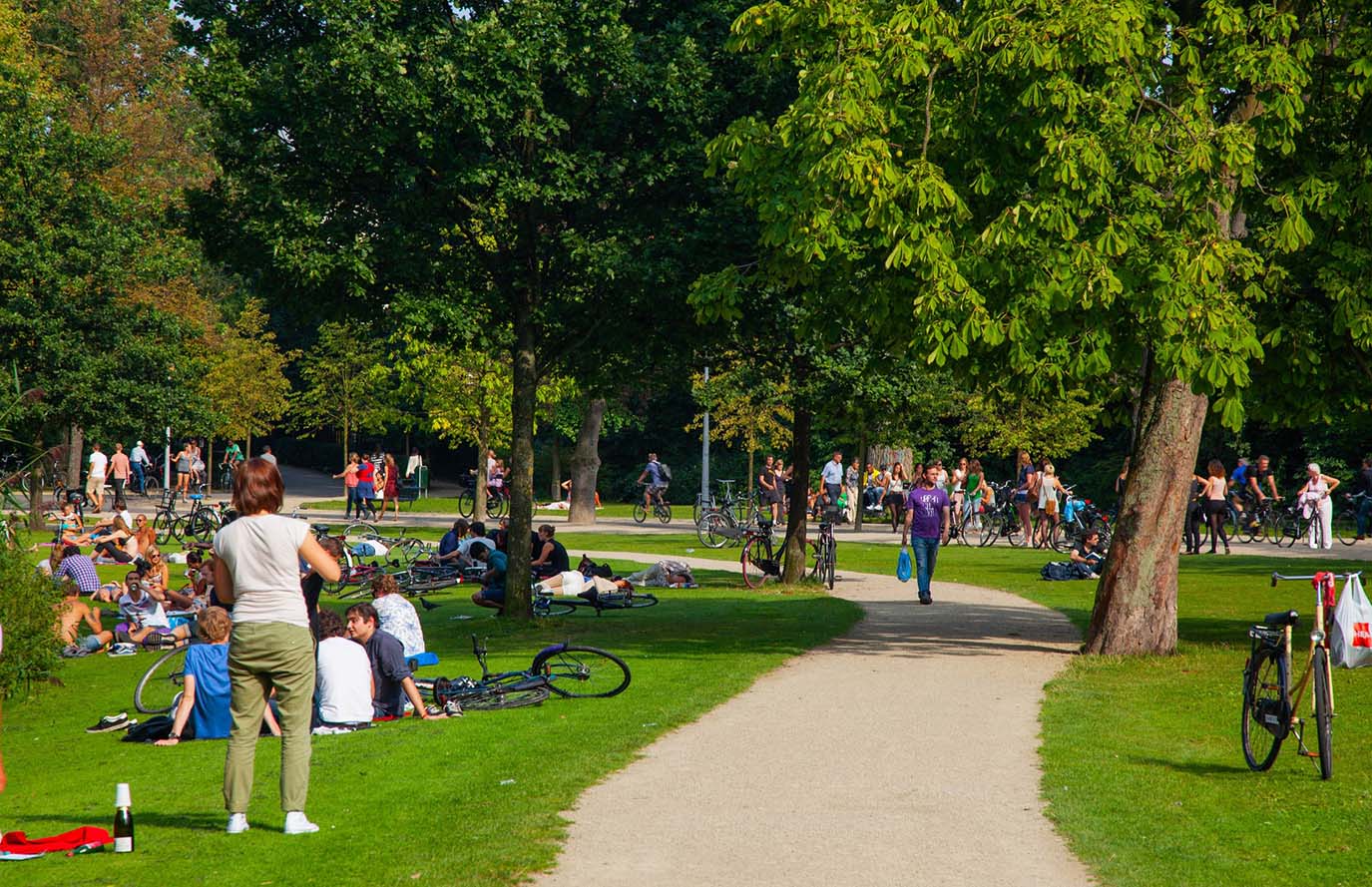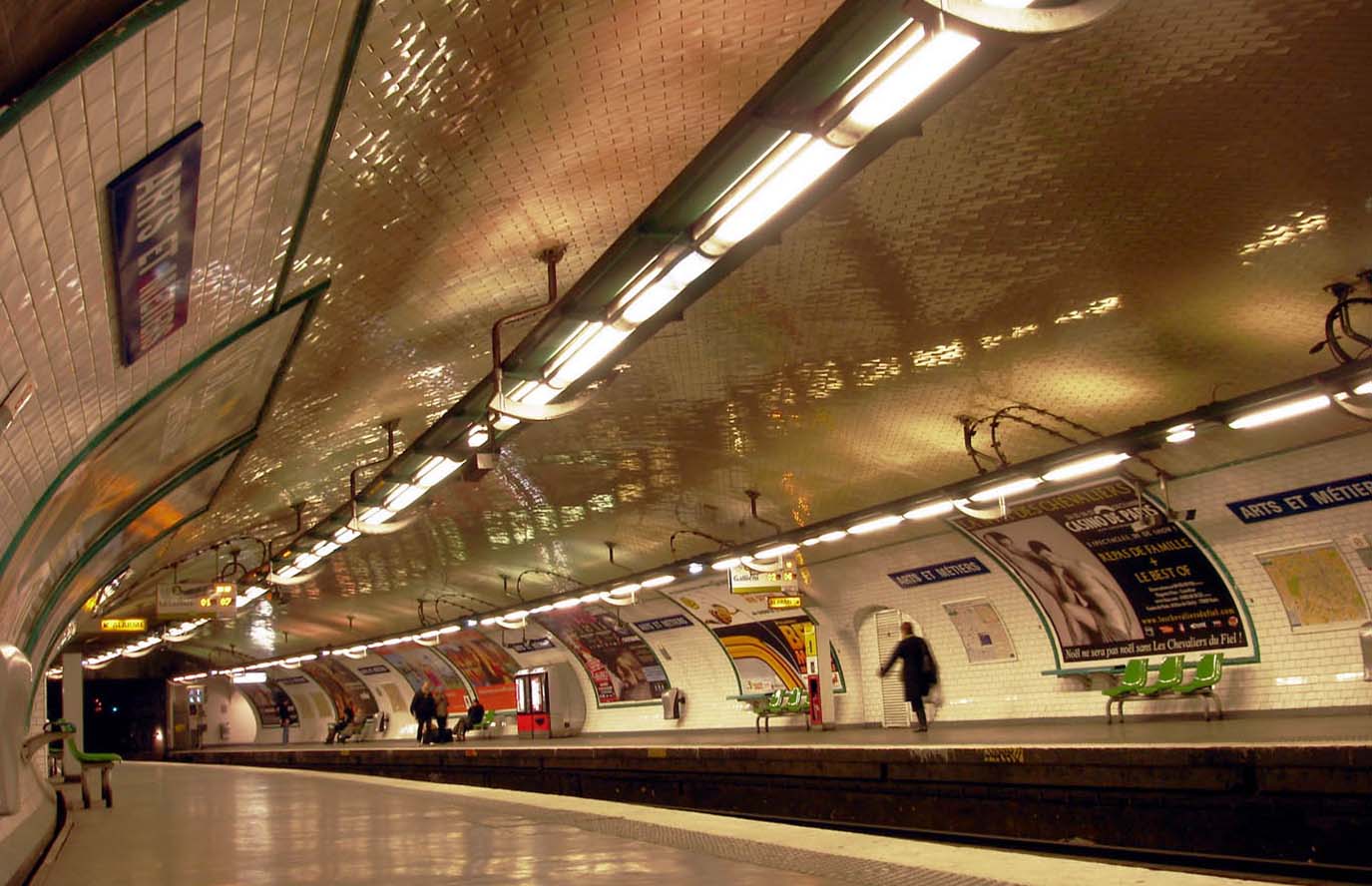Paris, the City of Light, is one of the most popular travel destinations in the world, attracting millions of tourists each year. But despite its reputation as a city of luxury and elegance, it’s entirely possible to visit Paris on a budget without compromising on experiences. I’ve learned how to navigate the city with minimal costs while still enjoying all that it has to offer. I’ll share my detailed tips and strategies for saving money while traveling in Paris, from must-have items to transportation hacks, food recommendations, budget tips, and much more. So, whether you’re a first-time traveler or a seasoned explorer, these tips will help you make the most of your Parisian adventure.
1. Packing Tips: Essential Items for Your Paris Trip
When it comes to packing for Paris, it’s important to pack light and smart, as you’ll want to carry only what’s necessary without overloading yourself. Here’s a list of essentials I recommend bringing along for a budget-friendly Parisian adventure:
- Comfortable Shoes: Paris is a city that invites you to walk. The best way to explore the streets, the museums, and the local neighborhoods is on foot. I recommend packing a pair of comfortable walking shoes—preferably ones that are stylish yet practical.
- Day Backpack: I always carry a small, lightweight backpack to store my essentials for the day: water bottle, snacks, phone, maps, and any items I pick up along the way. It’s perfect for easy access to your items while exploring.
- Portable Charger: You’ll be using your phone a lot to navigate Paris and take photos, so having a portable charger is essential to keep your devices powered up throughout the day.
- Water Bottle: France has a wonderful public water system, and you’ll find plenty of fountains around the city where you can refill your bottle for free. Not only will this save you money, but it’s also eco-friendly!
- Umbrella: Paris weather can be unpredictable. It’s often sunny one moment, and raining the next. A small, foldable umbrella is a lifesaver and will save you from unexpected downpours.
2. Understanding Parisian Weather and Dressing Smart
The weather in Paris can be quite unpredictable, but overall, it’s relatively mild. Here’s what you should keep in mind when planning your wardrobe:
- Spring (March-May): This is one of my favorite times to visit Paris, as the weather is cool but not too cold. I recommend bringing layers: a light jacket, sweaters, and scarves. You’ll also want an umbrella, as rain showers can happen at any time.
- Summer (June-August): Paris can get quite hot in the summer, but it’s rarely unbearable. I always pack light, breathable clothing like cotton shirts, shorts, or dresses. Don’t forget sunscreen, sunglasses, and a hat to protect yourself from the sun.
- Fall (September-November): Fall in Paris is beautiful, with colorful leaves in the parks and pleasant temperatures. You’ll want to bring a medium-weight jacket, and scarves can be a stylish and practical addition.
- Winter (December-February): Winters in Paris are chilly, but rarely freezing. I recommend a good winter jacket, warm layers, and comfortable boots for walking around. Paris isn’t known for heavy snowfall, but it can get damp and cold.
Parisian fashion is stylish yet practical. You don’t need to go overboard with luxury items, but I do recommend dressing in a way that blends in with the locals. Parisians tend to dress understatedly chic, favoring simple yet well-coordinated outfits.
3. Local Culture: What to Know Before You Go
Understanding local culture will not only enhance your experience but also help you avoid unnecessary frustrations. Here are some cultural insights that will help you feel more comfortable in Paris:
- Respect for Quietness: Parisians tend to value their personal space and quiet moments, particularly in public spaces like cafes and public transport. Keep conversations at a reasonable volume, and avoid loud or disruptive behavior.
- Punctuality: While Parisians are known for their relaxed attitude towards time, it’s still polite to arrive on time for any appointments, especially for things like guided tours or restaurant reservations.
- Language: While many people in Paris speak English, it’s always appreciated when you make an effort to speak a few words in French. Simple phrases like “Bonjour” (hello), “Merci” (thank you), and “S’il vous plaît” (please) will go a long way in making a positive impression.
- Tipping: Tipping in Paris isn’t mandatory but is appreciated. It’s common to leave a small tip (about 5-10%) in restaurants if the service charge is not included in your bill. In cafes, rounding up the bill is a good practice.
4. Currency Exchange and Budgeting Tips
Paris uses the Euro (€), and it’s important to plan how you’ll manage your money while you’re there. Here are some tips on handling your budget:
- Currency Exchange: I always recommend avoiding currency exchange at airports, as the rates tend to be less favorable. Instead, exchange money at local banks or use ATMs in Paris to withdraw cash with lower fees.
- Use Credit or Debit Cards: Paris is a very card-friendly city, and you’ll often find that most places accept credit cards, including smaller establishments. However, make sure to inform your bank that you’ll be traveling to avoid any issues with your card.
- Budgeting for Food: Eating out in Paris can be expensive, but there are plenty of ways to keep food costs low. I’ll share some of my favorite budget food options later on, but in general, look for smaller, family-owned bistros or bakeries for affordable meals. Many local cafes offer “prix fixe” menus (fixed-price meals) that can be a great way to save money on a meal.
5. Public Transportation: Navigating Paris on a Budget

Getting around Paris is easy, but it can get expensive if you’re not careful. The metro, buses, and trams are all affordable options. Here’s what you need to know:
5.1 Navigating the Paris Metro
- How to Use the Metro: The Paris Metro is one of the most efficient ways to travel around the city. There are 16 lines, and the system covers almost every part of Paris. To use it, simply buy a Ticket t+ from any metro station. The ticket works for the metro, buses, trams, and even some suburban trains within the city. A single ticket costs about €1.90.
- Metro Pass: If you plan on using the metro multiple times in one day, I recommend buying a Mobilis Day Pass (about €7-€12 depending on the zones you need). Alternatively, you can purchase a Carnet of 10 Tickets for about €14.90.
- Navigo Card: If you’re staying for a week or longer, you can buy a Navigo Week Pass (costing about €22.80). This gives you unlimited travel within Paris on the metro, buses, and RER (within the city zones).
5.2 Buses and Trams
The bus system in Paris is also a great way to get around, though it may take longer than the metro. Bus tickets are the same price as metro tickets, and you can buy them onboard or at metro stations. Trams are also an option and can be a scenic way to travel, especially along areas like the Boulevard Saint-Germain.
5.3 Walking and Biking
Paris is one of the best walking cities in the world, so don’t hesitate to explore on foot. Many of the top attractions, like the Louvre and Eiffel Tower, are located close to each other, so you can easily walk from one to the next. Paris also has a bike-sharing system called Velib’, where you can rent bikes at stations throughout the city for a small fee.
6. Street Food and Snacks: Affordable Dining Options
Paris is known for its culinary delights, but you don’t have to break the bank to enjoy great food. Some of the best street food options in Paris include:
- Crepes: These delicious French pancakes are available at street stalls all over Paris. You can get a sweet crepe with Nutella or a savory one with cheese and ham, all for about €5-€7.
- Baguette Sandwiches: A classic French baguette filled with cheese, meats, and fresh vegetables is a quick and satisfying meal that’s affordable and widely available. You’ll find them at local bakeries for about €4-€6.
- Falafel: The Marais district is famous for its falafel stalls, where you can get a hearty falafel sandwich for around €6-€8.
- Pastries: For a quick snack, head to a patisserie for fresh pastries. A croissant or pain au chocolat will set you back about €1.50-€3.
7. Staying Connected: Getting a Local SIM Card
If you want to stay connected while traveling, purchasing a local SIM card in Paris is a cost-effective way to avoid expensive roaming charges. I always pick up a SIM card at the airport or in a local mobile store when I arrive. Some popular providers in Paris include Orange, SFR, and Bouygues Telecom. A basic plan with 1GB of data usually costs around €10-€15.
8. A 5-Day Itinerary in Paris on a Budget
To help you plan your time in Paris without spending too much, here’s a sample 5-day itinerary:
Day 1: Explore the Classics
- Visit the Eiffel Tower (go up the stairs for a cheaper experience).
- Walk along the Seine River and explore Trocadéro for great views.
- Stroll through Champs-Élysées and visit the Arc de Triomphe.
Day 2: Museums and Art
- Spend the morning at the Louvre Museum (get there early to avoid the crowds).
- Visit Montmartre and the Sacré-Cœur Basilica.
- Explore the Musée d’Orsay.
Day 3: History and Culture
- Take a tour of Notre-Dame and Sainte-Chapelle.
- Visit Île de la Cité and wander through its charming streets.
- Walk around the historic Le Marais district.
Day 4: Markets and Parks
- Explore Marché des Enfants Rouges, the oldest covered market in Paris.
- Spend the afternoon in Luxembourg Gardens or Bois de Boulogne.
- Visit the Panthéon.
Day 5: A Day Trip to Versailles
- Take a day trip to Versailles Palace (it’s a short train ride from Paris and worth the visit!).

9. Recommended Travel Insurance
I highly recommend purchasing travel insurance before you visit Paris. One of my go-to providers is World Nomads. They offer flexible travel insurance that covers trip cancellations, medical emergencies, and lost luggage. Their plans are affordable, and you can customize coverage to fit your needs.
10. Final Thoughts: My Personal Experience in Paris
I’ve traveled to Paris multiple times, and each time, I find something new and exciting. Whether it’s my first time or my tenth, I always discover hidden gems, great food, and a deeper connection to the city. Paris is a place that truly caters to all types of travelers, and with a little planning and a few budget-friendly strategies, you can experience the best of it without draining your wallet.
I hope these tips help you enjoy Paris in the most affordable way possible! Safe travels!



